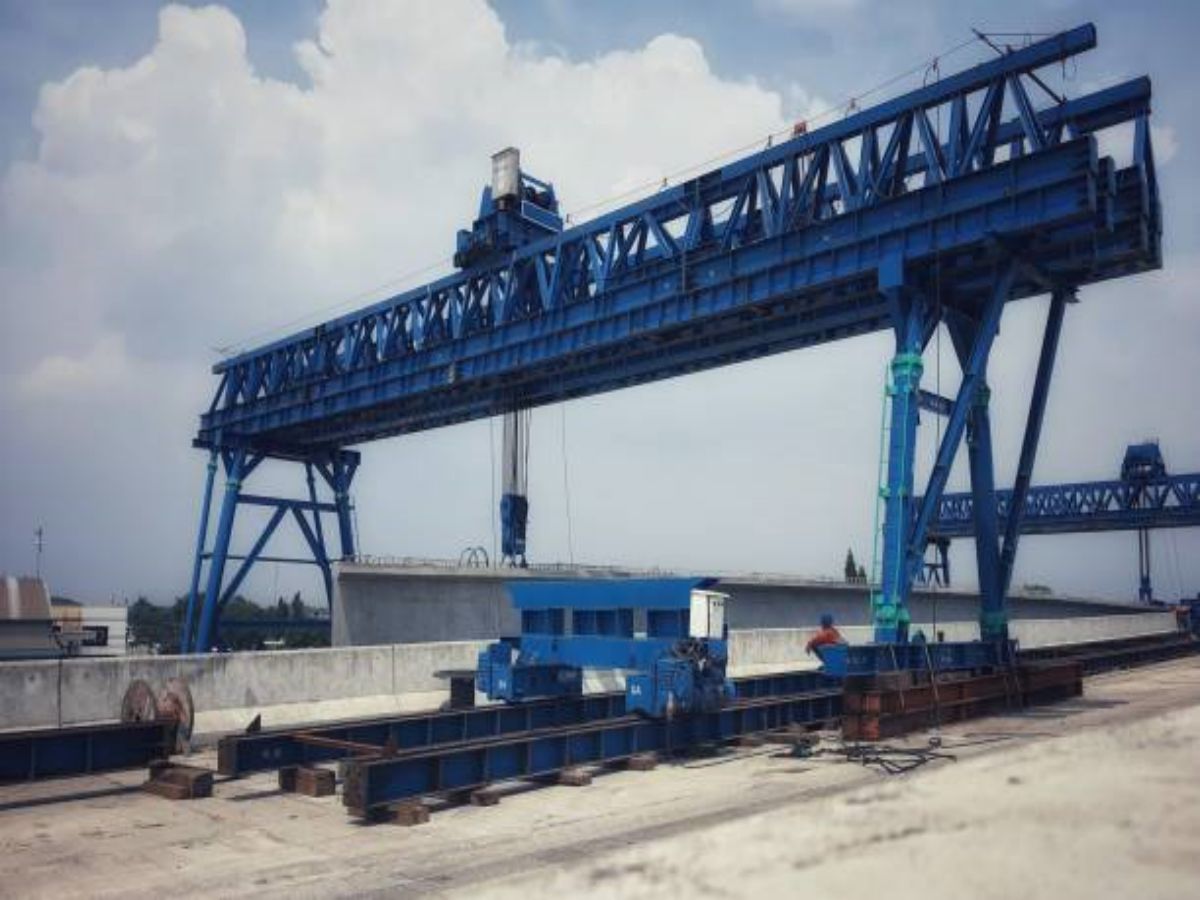Comparing Vacuum Lift Bridge Crane to Electric Hoists: A Buyer's Guide
When it comes to choosing the right lifting equipment for your business, there are several options available. Two popular choices are vacuum lift bridge cranes and electric hoists. Both of these options have their own advantages and disadvantages, and it's important to consider your specific needs and requirements before making a decision. In this buyer's guide, we will compare vacuum lift bridge cranes to electric hoists to help you make an informed choice.
1. What is a Vacuum Lift Bridge Crane?
A vacuum lift bridge crane is a type of lifting equipment that uses suction cups or pads to securely lift and transport heavy loads. These cranes are typically used in industries such as manufacturing, logistics, and warehousing. They are known for their ability to handle delicate or irregularly shaped items, making them ideal for applications that require precision and care.
2. What is an Electric Hoist?
On the other hand, an electric hoist is a device that uses an electric motor to lift and lower objects. It consists of a motorized pulley system and a hook or lifting attachment. Electric hoists are commonly used in construction, workshops, and factories. They are known for their strength and durability, making them suitable for heavy-duty lifting tasks.
3. Load Capacity
Load capacity is an important factor to consider when choosing between a vacuum lift bridge crane and an electric hoist. Vacuum lift bridge cranes typically have a lower load capacity compared to electric hoists. They are designed to handle lighter loads, usually ranging from a few pounds to a few tons. On the other hand, electric hoists have a higher load capacity and can handle much heavier loads, often ranging from several tons to tens of tons.
4. Flexibility and Versatility
Flexibility and versatility are crucial aspects to consider in lifting equipment. Vacuum lift bridge cranes are known for their flexibility and versatility. They can easily handle objects of various shapes and sizes, making them suitable for applications that require different lifting configurations. Electric hoists, on the other hand, are less flexible and are better suited for lifting standard-sized objects with a fixed lifting point.
5. Precision and Control
If precision and control are important factors for your lifting operations, then a vacuum lift bridge crane may be the better choice. These cranes offer precise control over the lifting and lowering process, allowing for delicate handling of fragile or sensitive materials. Electric hoists, while still offering control, may not provide the same level of precision as vacuum lift bridge cranes.
6. Cost
Cost is an important consideration for any business. Vacuum lift bridge cranes are generally more expensive than electric hoists. The complex design and advanced technology of vacuum lift bridge cranes contribute to their higher cost. On the other hand, electric hoists are more affordable and offer a cost-effective solution for businesses with lower budgets.
7. Maintenance and Repairs
Maintenance and repair requirements should also be taken into account when choosing between a vacuum lift bridge crane and an electric hoist. Vacuum lift bridge cranes require regular maintenance to ensure the proper functioning of the suction cups or pads. Electric hoists, on the other hand, have fewer components and are generally easier to maintain. In terms of repairs, electric hoists are often easier and less expensive to repair compared to vacuum lift bridge cranes.
8. Installation
The installation process of lifting equipment can vary depending on the type chosen. Vacuum lift bridge cranes typically require more complex installation compared to electric hoists. They often require additional structural support and may need modifications to the existing building infrastructure. Electric hoists, on the other hand, are generally easier to install and may only require a secure mounting point and electrical connections.
9. Noise and Environmental Impact
Noise and environmental impact may also be important factors to consider, especially in certain industries or work environments. Vacuum lift bridge cranes are generally quieter compared to electric hoists, as they do not have motors or mechanical components that generate noise. Additionally, vacuum lift bridge cranes do not emit exhaust fumes or require the use of hydraulic fluids, making them more environmentally friendly.
10. Safety Features
Safety is paramount in any lifting operation. Both vacuum lift bridge cranes and electric hoists come with their own set of safety features. Vacuum lift bridge cranes often have safety mechanisms in place to prevent drops or accidents in case of power failure. Electric hoists typically have features such as overload protection and emergency stop buttons to ensure safe lifting operations. It is important to thoroughly review the safety features of both options before making a decision.

